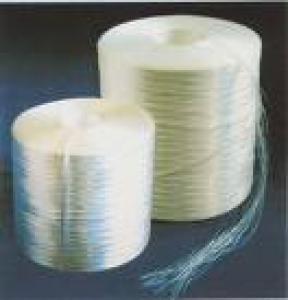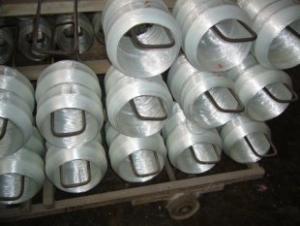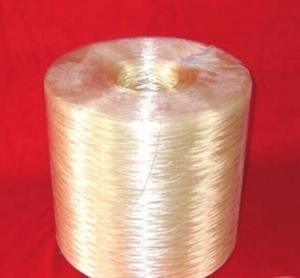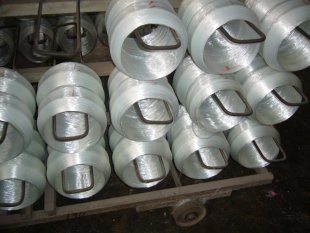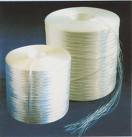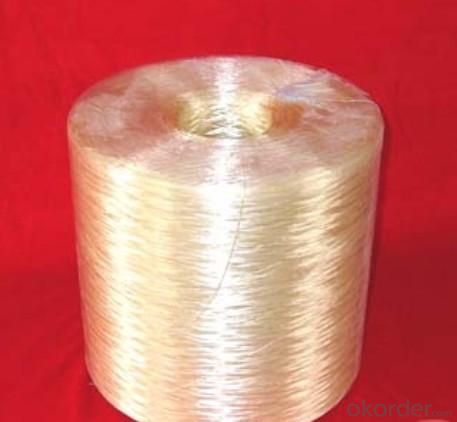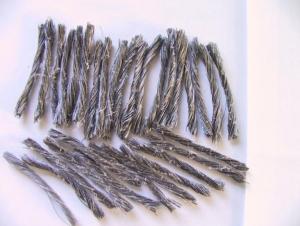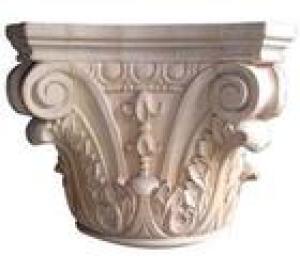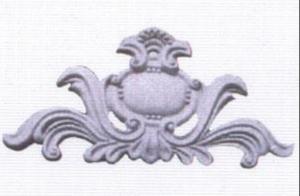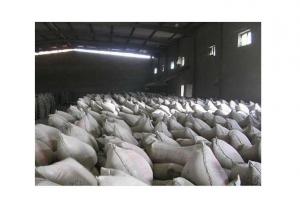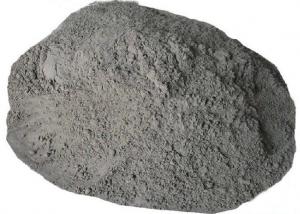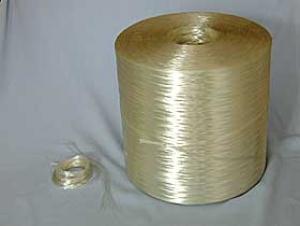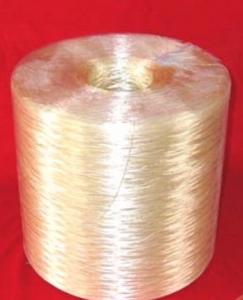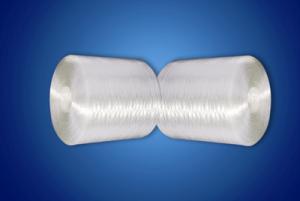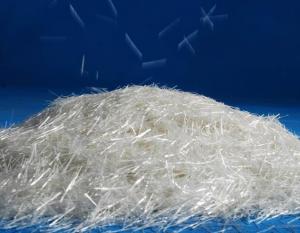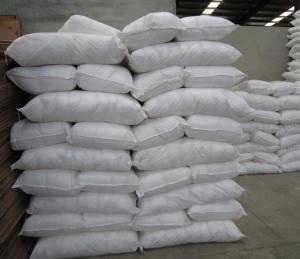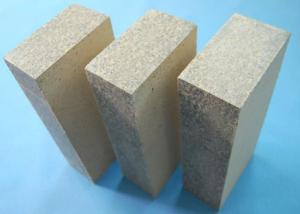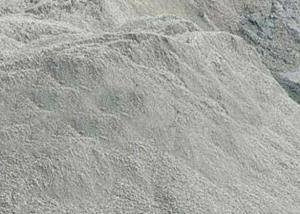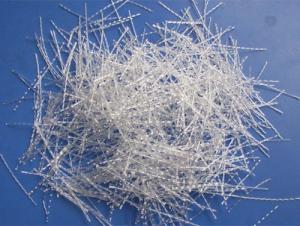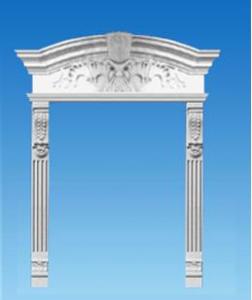AR Glass Fiber Roving- Zirconia 14.5%
- Loading Port:
- China Main Port
- Payment Terms:
- TT or L/C
- Min Order Qty:
- 1000Kgs m.t.
- Supply Capability:
- 100000 Tons Per Year m.t./month
OKorder Service Pledge
OKorder Financial Service
You Might Also Like
AR Glass Fiber Roving
AR glass fiber roving is mainly designed for use in the manufacture of GRC composites by the manual spray method. It is designed for optimum processability. It is used in the manufacture of GRC architectural panels and other building elements, civil engineering and infrastructure components.
Technical Data of AR Glassfiber Roving :
PRODUCT NAME | AR GLASSFIBER SPRAY ROVING | |||
TEST CRITERION | JC/T 572-2002 | |||
TEST ITEM | METERAGE UNIT | STANDARD | RESULT | CONCLUSION |
ZrO2CONTENT | % | 14.5±0.8 | 14.8 | MEASURE UP |
FILAMENT DIA | μM | 15±2 | 15 | MEASURE UP |
STRAND TEX | TEX | 2400±240 | 2460 | MEASURE UP |
BREAKING STRENGTH | N/TEX | ≥0.25 | 0.28 | MEASURE UP |
MOISTURE CONTENT | % | ≤0.2 | 0.09 | MEASURE UP |
COMBUSTIBLE CONTENT | % | 0.8~2.0 | 1.35 | MEASURE UP |
STIFFNESS | MM | ≥120 | 150 | MEASURE UP |
CONCLUSION | IN CONPLIANCE WITH JC/T 572-2002 | |||
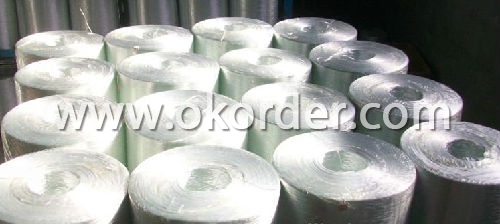
Pallet Packaging of AR Glassfiber Roving:
Each pallet has 3 or 4 levels ,16rolls /level.
The complete pallet is enclosed in polythene and identified with two labels.
Product | Level per pallet | Total number of cheese | Pallet | |||
Length(mm) | Width(mm) | Height(mm) | Net weight(kg) | |||
ARC15-2400L | 3 | 48 | 1130 | 1130 | 1000 | 860 |
3 | 48 | 1130 | 1130 | 1000 | 1000 | |
4 | 64 | 1130 | 1130 | 1300 | 1150 | |
Storage of AR Glassfiber Roving:
AR GLASSFIBRE SPRAY ROVING should be stored dry in their original packaging, the best conditions being at a temperature of between 15°C-35°C and at a relative humidity of between 35% - 65%. If the product is stored at low temperature (below 15°C) it is advisable to condition in the workshop for 24 hours before use to prevent condensation.
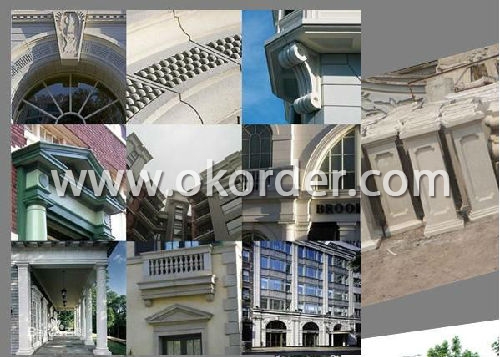
- Q: We are enlarging a mud room that's in our garage. The older, smaller space had vinyle. We would like to tile the new space. Do we need cement board on the concrete floor before tiling?
- This Site Might Help You. RE: Is cement board necessary when tiling over concrete? We are enlarging a mud room that's in our garage. The older, smaller space had vinyle. We would like to tile the new space. Do we need cement board on the concrete floor before tiling?
- Q: How long should I let new cement cure before I can build on it?
- This Site Might Help You. RE: Will watering new cement help it to cure? How long should I let new cement cure before I can build on it?
- Q: I've got 50KG of portland limestone cement. I want to now how much water I need to mix for 1/4 of the amount and how long it'll take.Thank You.
- There is no real set amount of water. I always trickle some water in it and mix. If it is too dry, add more water. You want the cement to be about the consistency of slightly thicker than Catsup.
- Q: I have built a dry stacked concrete block wall as a fence around our home. I am wondering if I should use premixed cement or mix it myself. What is the best mix recipe for a Surface Bonding Cement mix?
- I'm not sure what you mean by a Surface Bonding Cement? What is it's purpose and how would you apply it? If it's a dry stacked wall why do you need cement?
- Q: My backyard at home is completely cement. There is no ground to grow a garden. Any suggestions or ideas on how I can have my own garden and grow my own plants ?Maybe even something that won't corrode the cement over time ?
- plant in pots or make a raised bed ,put down plastic to protect the cement ,build a frame fill with soil ,garden.
- Q: How much to fix cement steps?
- Use the Following Steps to fix cement steps : Remove Loose Pieces and Debris Pressure Wash the Cement Tape Off the Edges Prepare the Cement Patch Mix Apply the Cement Mix Fill the Holes Add a Second Coat Create a Wetter Consistency Spray Water Use a Cement Finishing Broom Work the Cement Into the Pores Add the Skim Coat Shape the Rounded Portions
- Q: Are they just two different terms for the same thing?
- Cement is the mixture used in producing the finished product of concrete. Kp
- Q: how do you resurface cement steps?
- First check the quality of the cement, it may be inferior to construction standards. When you determine it is good, then you need to rough up the surface with a tool like a chisel to give the new surface a grip. Mix a screened sand with some portland at a 2 to 1 mix and trowel it on with a steel finishing trowel
- Q: This year, steel, concrete, sand, stone and other building materials prices how, compared with last year is high or low? As long as probably, do not need too much can also,
- The current price has been going on for some time, it is likely to be adjusted in the near future, so yo now as soon as possible shot up, up will rise a lot, if the drop will not drop a lot, so I suggest that as long as you have place to place, buy early
- Q: We're casting cement for testing, and we're not sure about how to calculate for the quantities. We're using a 15.24 cm diameter and 30.48 cm tall mould. We're using a water-cement ratio of 1:2, and a cement-sand-gravel ratio of 1:3:3. We're not sure how to calculate how much of everything we need, and we need the specific quantities for our methodology. Can anyone help?
- Total volume of the mould is pi r^2 h = 3.14159 (30.48) (15.24)^2 cm^3 = 22240 cm^3 The usual practice is to dry-blend the solids before adding the water, but I'm going to assume you really mean that the water amount is 1/2 the cement amount (not 1/2 the amount of total solids). You really need only enough water to make the mixture workable, but if 1/2 the cement is the correct amount of water, then the needed quantities are water 22240/15 = 1483 cc = 1.483 liters cement 44480/15 = 2965 cc (dry) sand 44480/5 = 8896 cc gravel 44480/5 = 8896 cc total = 22240 cc Probably best to mix up a bit extra of all the dry stuff in case the amt of water needed turns out to be less than you think.
1. Manufacturer Overview
| Location | Shanxi, China |
| Year Established | 1982 |
| Annual Output Value | Above US$ 30 Million |
| Main Markets | 20.00% North America 20.00% South America 10.00% Eastern Europe 10.00% Southeast Asia 10.00% Northern Europe 10.00% South Asia 10.00% Western Europe 5.00% Africa 5.00% Mid East |
| Company Certifications | ISO9001:2000 |
2. Manufacturer Certificates
| a) Certification Name | |
| Range | |
| Reference | |
| Validity Period |
3. Manufacturer Capability
| a) Trade Capacity | |
| Nearest Port | Shanghai Port, China |
| Export Percentage | 41-50% |
| No.of Employees in Trade Department | 20-30 People |
| Language Spoken: | English; Chinese; |
| b) Factory Information | |
| Factory Size: | Above 50,000 square meters |
| No. of Production Lines | Above 10 |
| Contract Manufacturing | Design Service Offered; Buyer Label Offered |
| Product Price Range | High; Average |
Send your message to us
AR Glass Fiber Roving- Zirconia 14.5%
- Loading Port:
- China Main Port
- Payment Terms:
- TT or L/C
- Min Order Qty:
- 1000Kgs m.t.
- Supply Capability:
- 100000 Tons Per Year m.t./month
OKorder Service Pledge
OKorder Financial Service
Similar products
Hot products
Hot Searches
Related keywords
